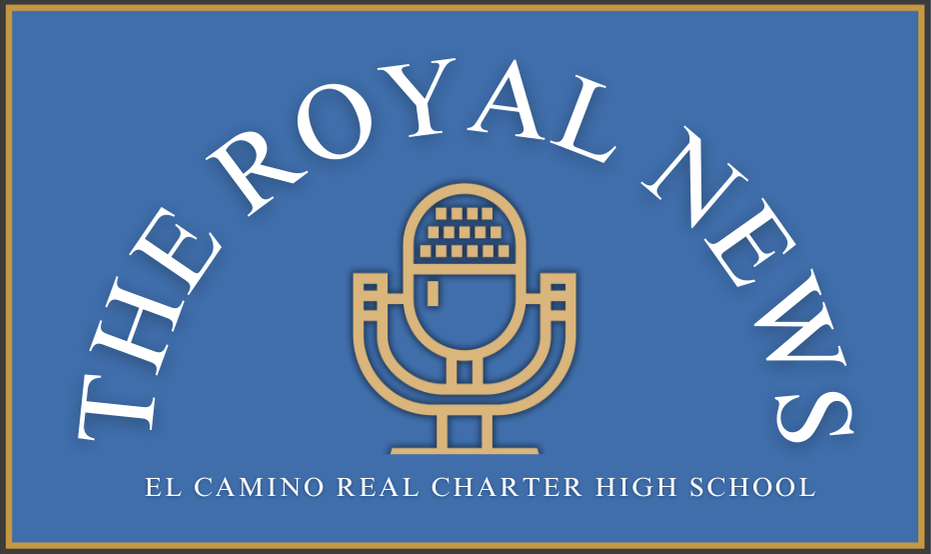As of March 11, 2025, 128 new moons of Saturn were officially recognized, giving the planet a total of 274 moons.
Since 1999, data and observations have been continuously collected to confirm these objects as Saturn’s moons.
The moons were discovered by using the shift and stack technique. Researchers captured images of them using the Canada-France-Hawaii Telescope (CFHT). They made the blurry moons visible by aligning multiple photos to produce clearer images.
Once the moons were identified and proven to orbit Saturn, researchers officially recognized them. However, they act differently from the other, larger moons orbiting Saturn–like Titan, Iapetus, and Hyperion.
First, their orbits are more scattered, making them rotate more elliptically around Saturn. Second, they spin in retrograde–the opposite direction–compared to Saturn. Third, they are 50 times farther away from the planet, making them harder to detect clearly. Lastly, many of the moons were discovered to be clumped together, indicating that they formed from external collisions. This would mean the debris from colliding asteroids created the clumped moons at their collision sites.
Given their sizes, quantities and orbital behavior, researchers estimate these collisions occurred sometime within the past 100 million years.
Adding to the 64 moons discovered 2 years ago, Saturn now stands at a total of 274. It has solidified its title as “Moon King”, greatly surpassing Jupiter’s 95 moons.
Currently, the moons are only labeled through letters and numbers; however, the International Astronomical Union (IAU) will soon assign them names. They will continue the naming tradition by using figures from Gallic, Norse and Canadian Inuit mythologies.
These newly recognized moons help deepen our understanding of Saturn while also serving as a reminder of how much remains undiscovered throughout the universe.




























